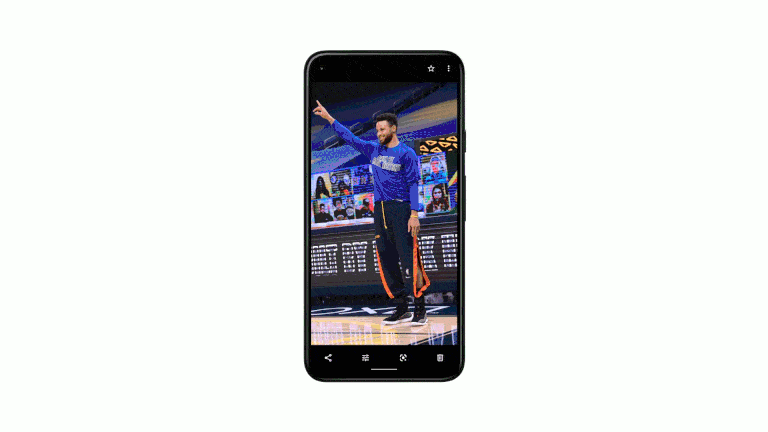Google unveils its Shopping Graph, an expanded Shopify integration and more shopping features at I/O
The announcements position Google as the middle ground between shoppers and retailers.

Google’s Shopping Graph in a nutshell. “Building on the Knowledge Graph, the Shopping Graph brings together information from websites, prices, reviews, videos and, most importantly, the product data we receive from brands and retailers directly,” Ready said. The AI-enhanced model works in real-time and is designed to show users relevant listings as they shop across Google.
Somewhat similar to Google’s Knowledge Graph, the Shopping Graph connects information about entities and affects what can appear in search results. What’s different is that Knowledge Graph information comes from various sources and is not submitted directly to Google. Product information can be submitted to Google via the Merchant Center or Manufacturer Center.
More features for shoppers. In addition to providing details about how Google powers its shopping experience, the company also announced a few new e-commerce-oriented features.

Now, when a user views a screenshot in Google Photos, a suggestion to search the photo with Lens will appear (as shown above). Doing so will show a list of similar products.

Cart reminders (shown above) will show previews of products that a user has left in their shopping carts across various retailers. Google can also show promotions for those retailers if the user opts-in. This feature is only available on the Chrome browser.
Additionally, shoppers will be able to link their loyalty programs from various retailers to their Google accounts to show more purchasing options across Google. Only beauty brand Sephora was mentioned in the announcement, but more details may become available during Google’s Marketing Live event next week.
The expanded Shopify integration. Google has also partnered with Shopify to enable the platform’s 1.7 million merchants to show their products across Google Search, Shopping, Image search and YouTube. “With just a few clicks, these retailers can sign up to appear across Google’s one billion shopping journeys each day, from Search to Maps, Images to Lens and YouTube,” Ready said.
Google’s growing focus on e-commerce. Historically, Google has struggled with making itself more than a research destination for shoppers. Many go to YouTube or Google to research whatever they’re thinking of buying, but ultimately the transaction happens elsewhere, like Amazon, Target, Best Buy or Wal-Mart, for example.
Last year, the pandemic caused a shift in consumer behavior, resulting in a boom for e-commerce while local retailers were set back by social distancing and mandated lockdowns. Since then, new consumer preferences have taken hold and more people than ever are turning to e-commerce or buy-online, pick-up in-store (BOPIS) to replace traditional shopping experiences.
To seize that momentum, Google opened up its Shopping search engine to free product listings in April 2020, after eight years as a purely paid product. In July of that same year, Buy on Google also became commission-free. These two changes have made Google a far more accessible marketplace for retailers compared to some of its competitors, like Amazon, which can charge fees ranging from 8–15% per item sold.
Why we care. Google unveiling its Shopping Graph puts a name to something many brands and advertisers already knew existed (in one form or another). Knowing that it plays such a central role in powering the company’s shopping experience incentivizes brands to submit their product data via Merchant or Manufacturer Center feeds.
The expanded Shopify integration will enable SMBs to make their products more discoverable across Google properties without necessarily having to work with a partner agency or dedicating extra staff.
In all likelihood, shoppers will still make purchases off of Google, but these new features meant to attract retailers and shoppers alike can make it a powerful shopping resource. It can show merchants that there’s value in submitting their product data by driving clicks to their product pages. It can help users identify products that catch their eye in the real world. And, as long as users continue to rely on Google, there will be reasons for retailers to get on board as well.
